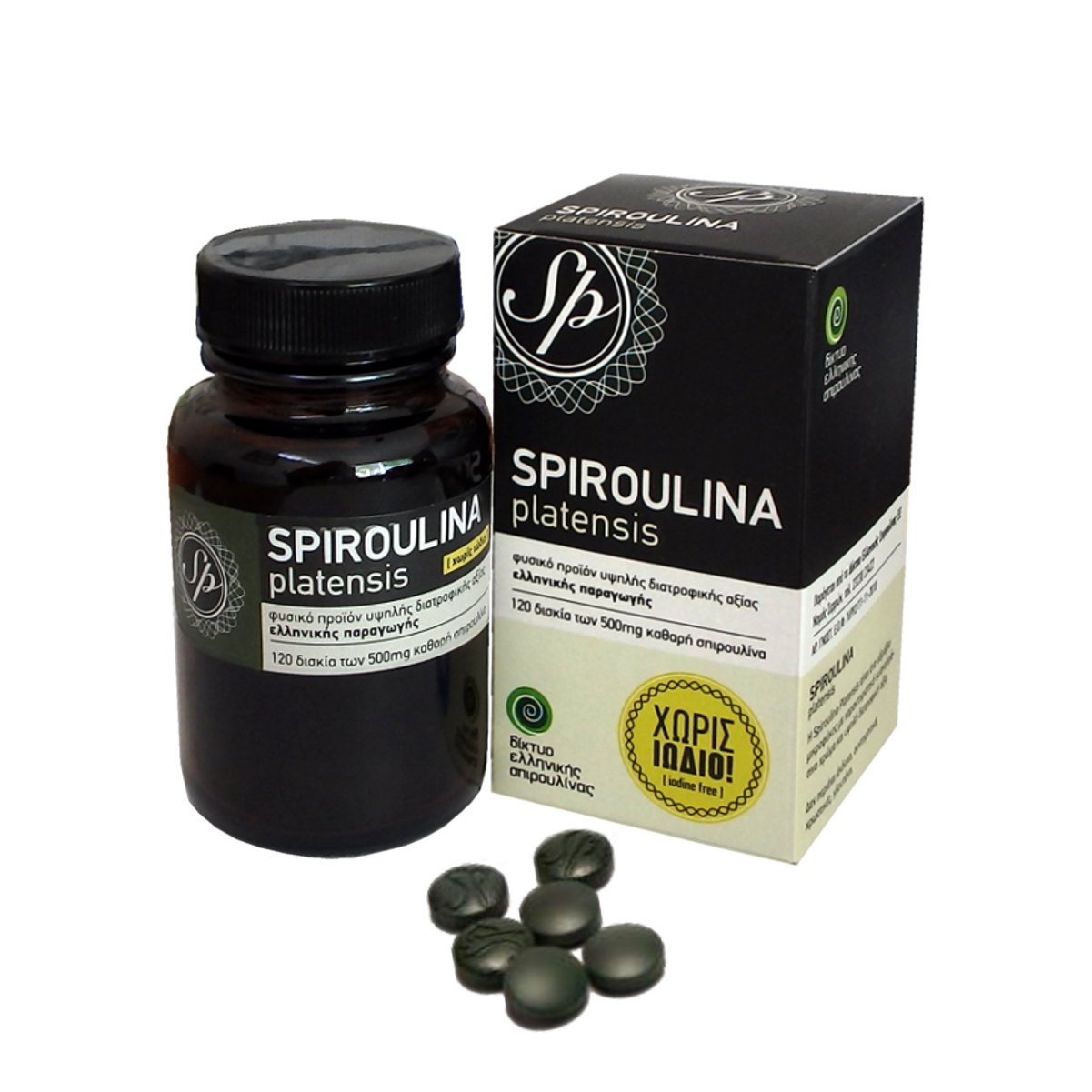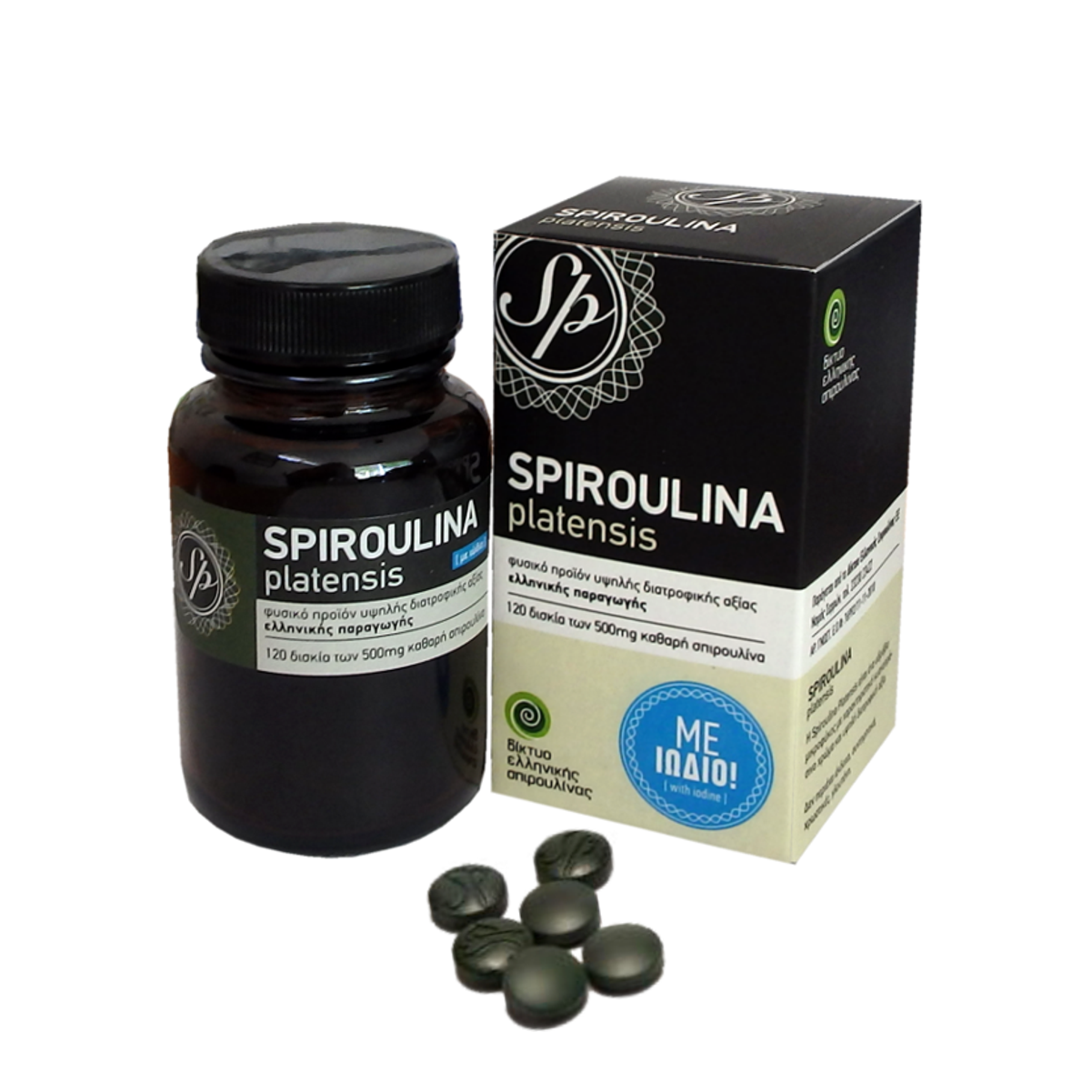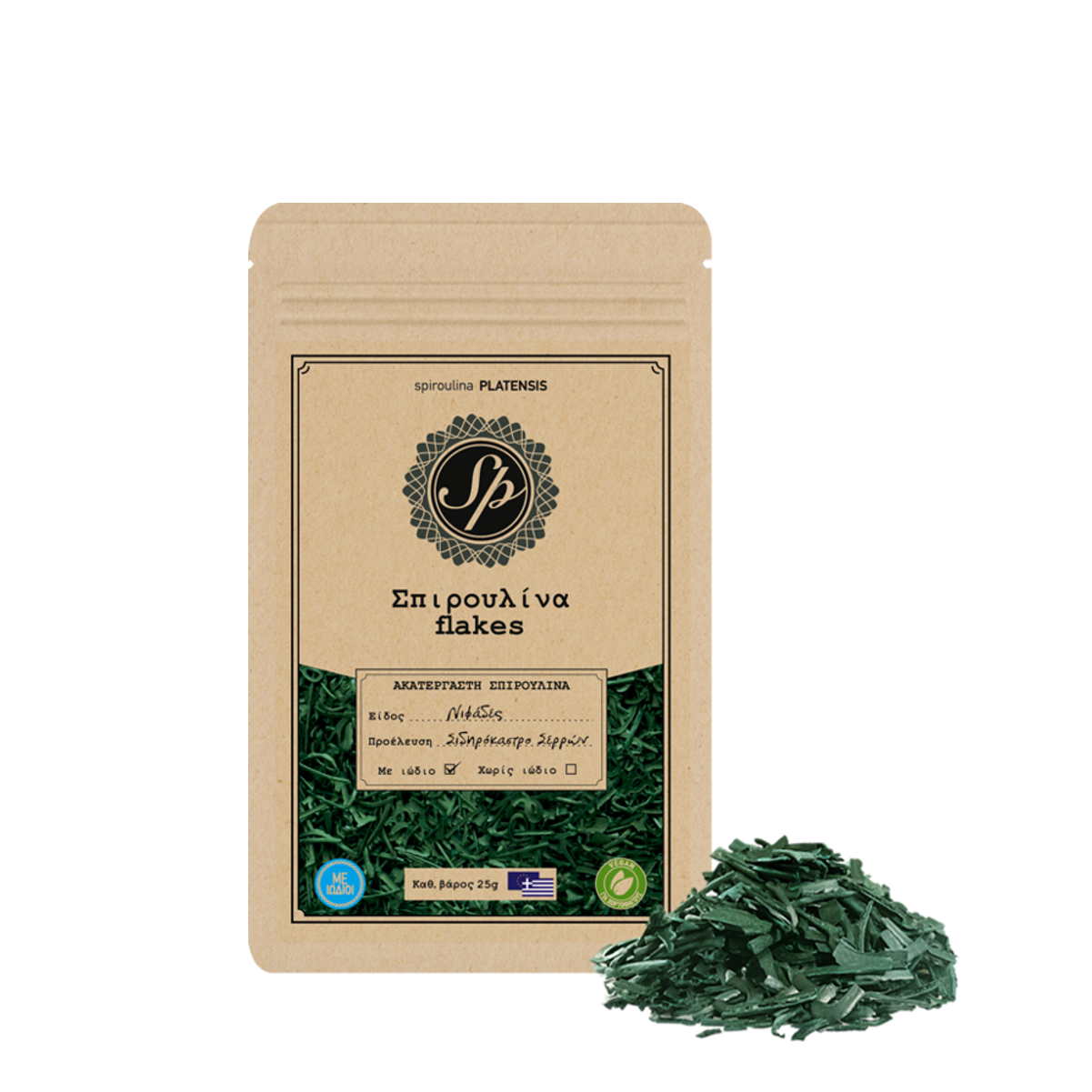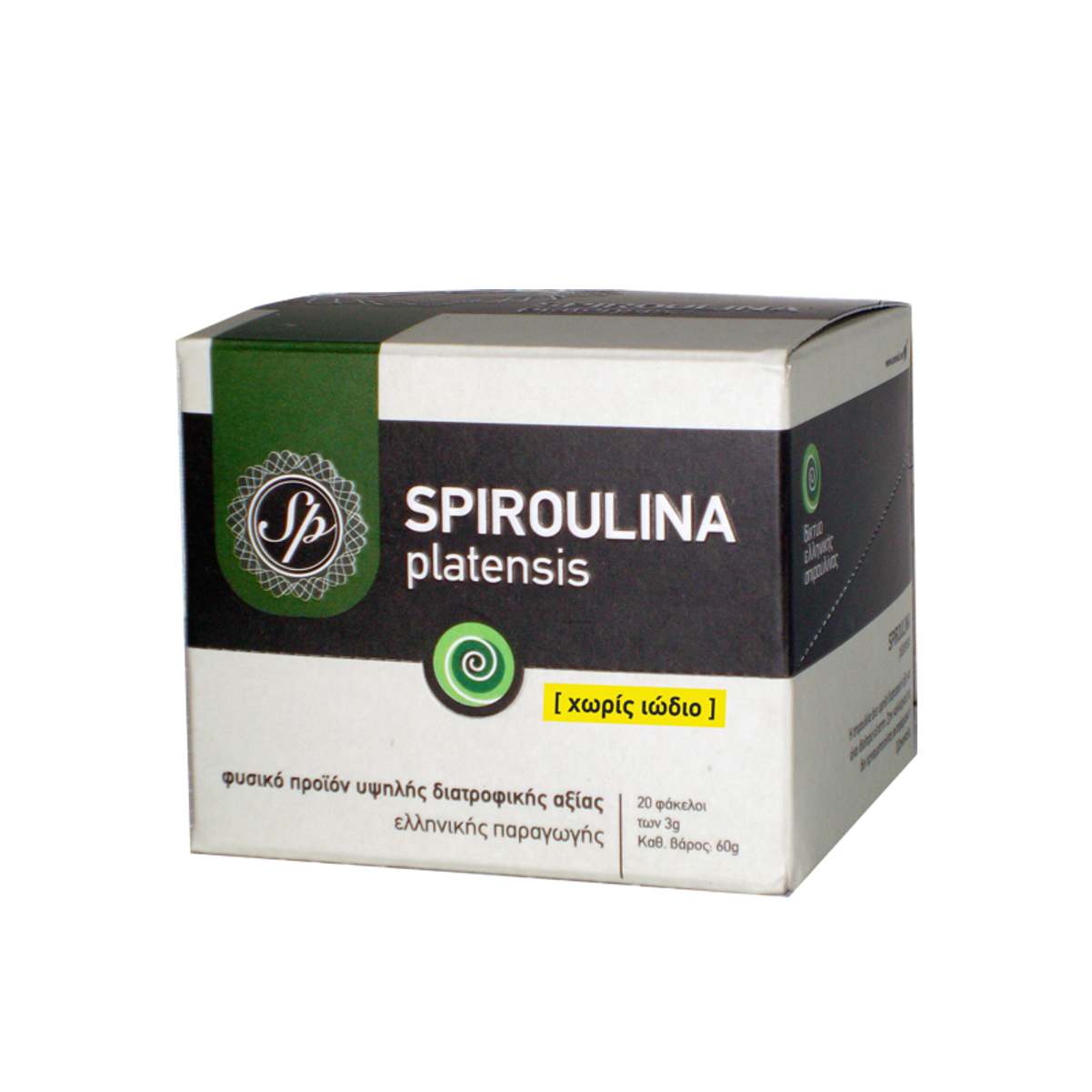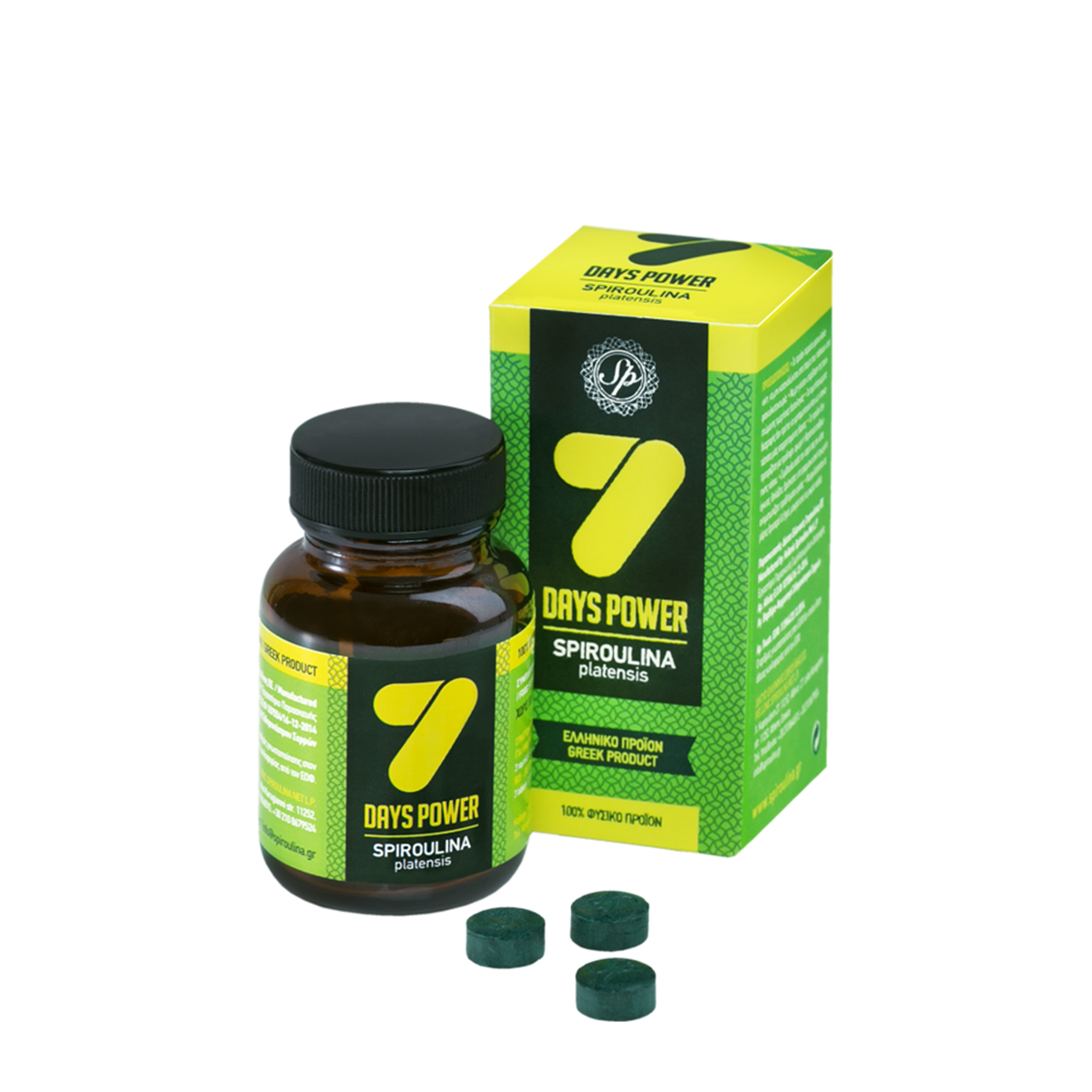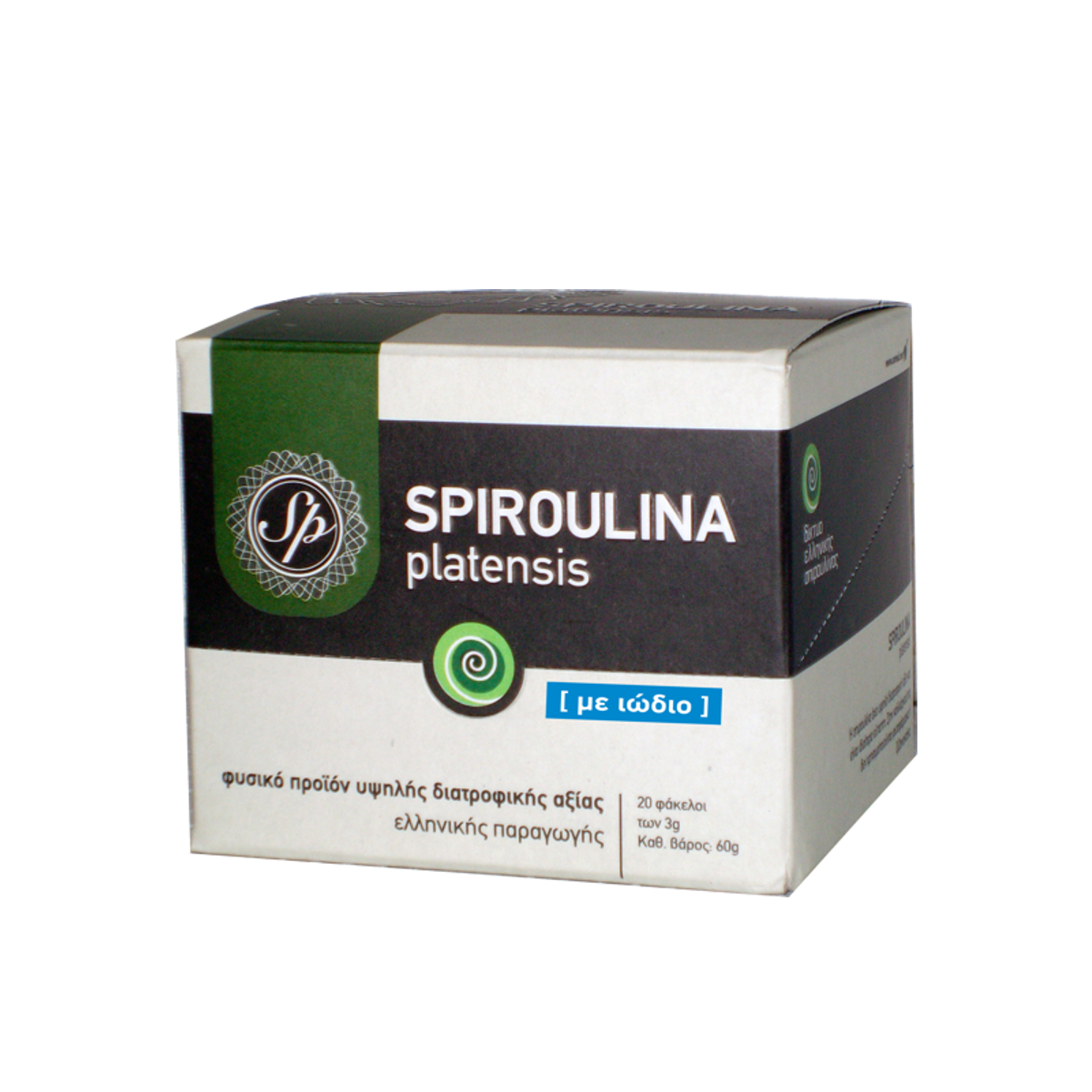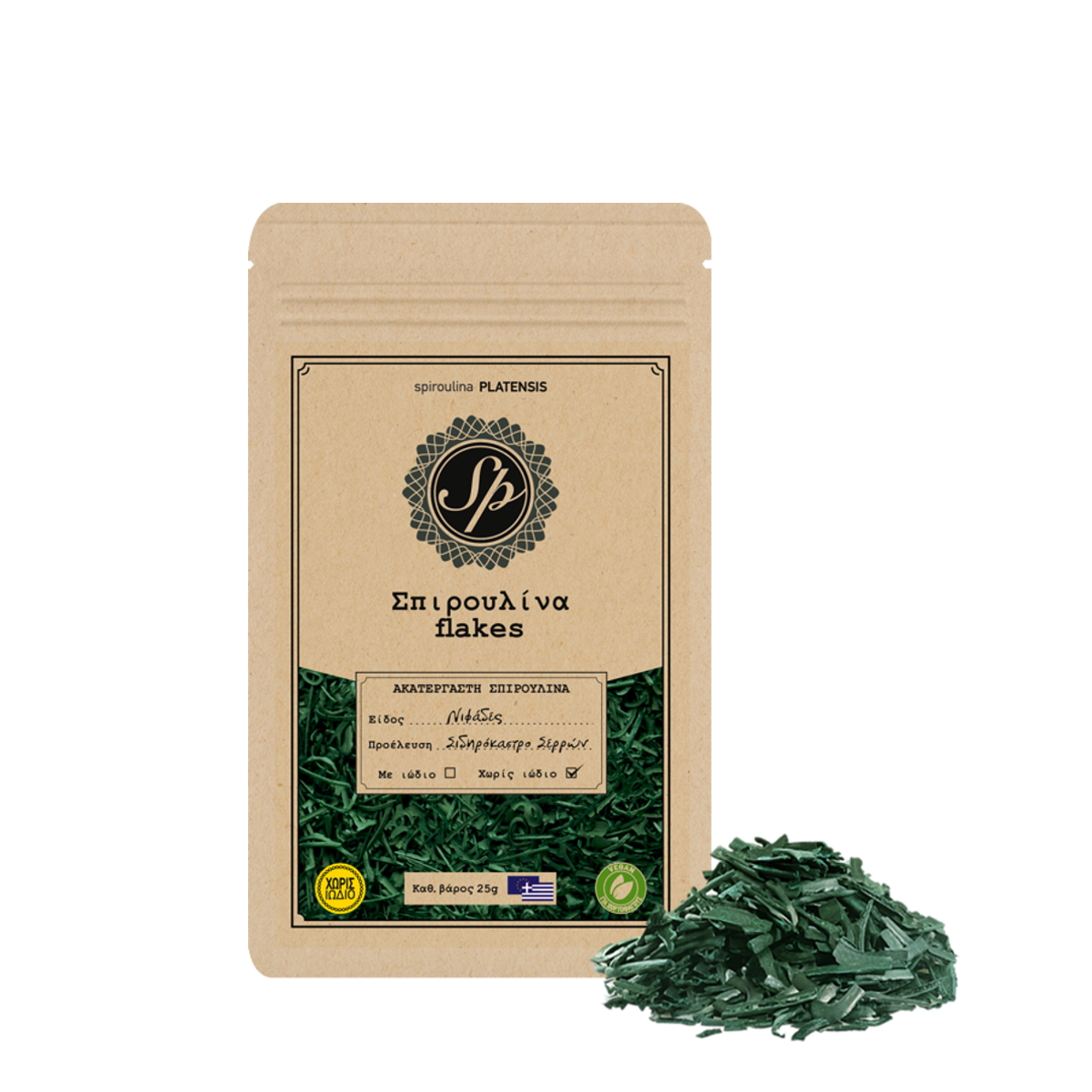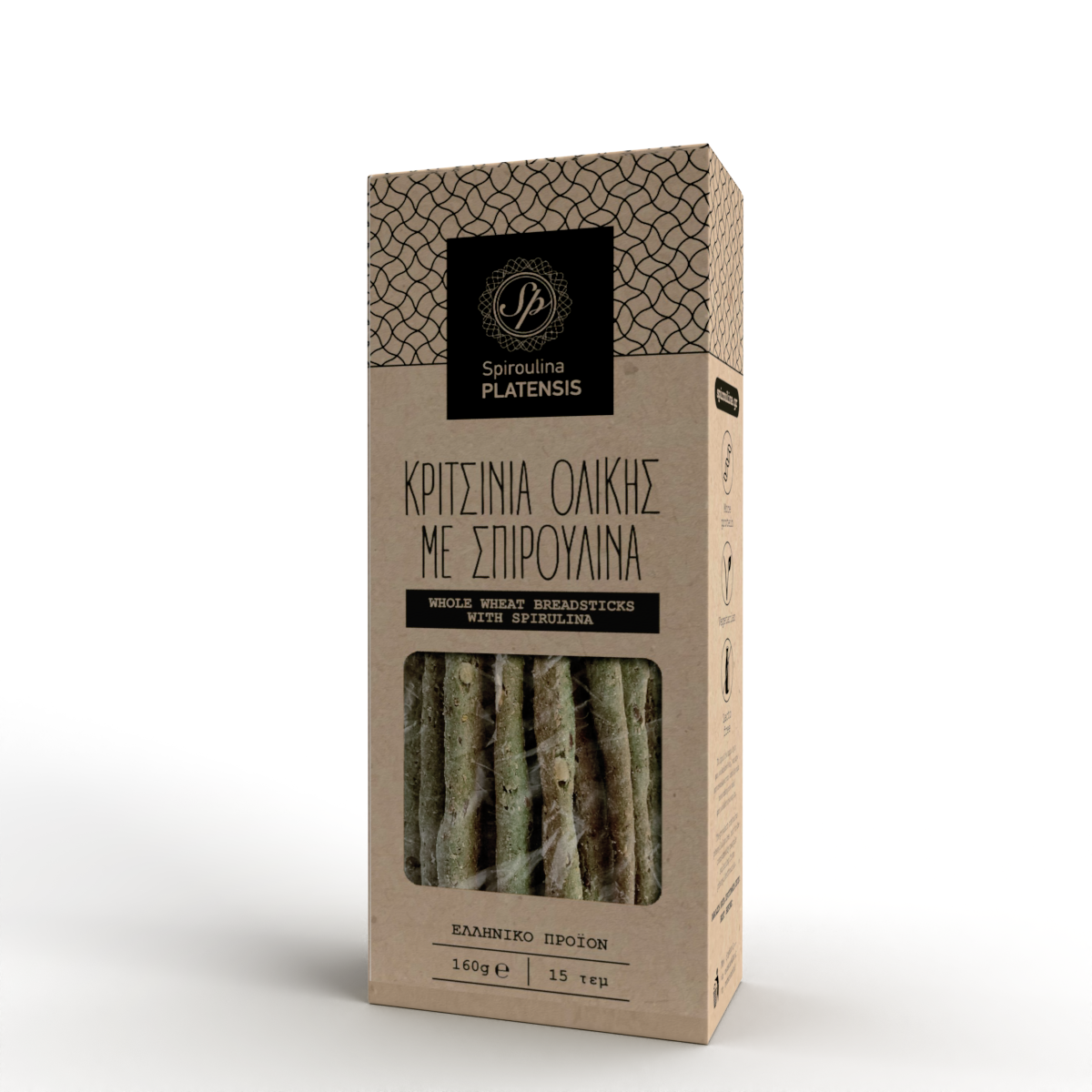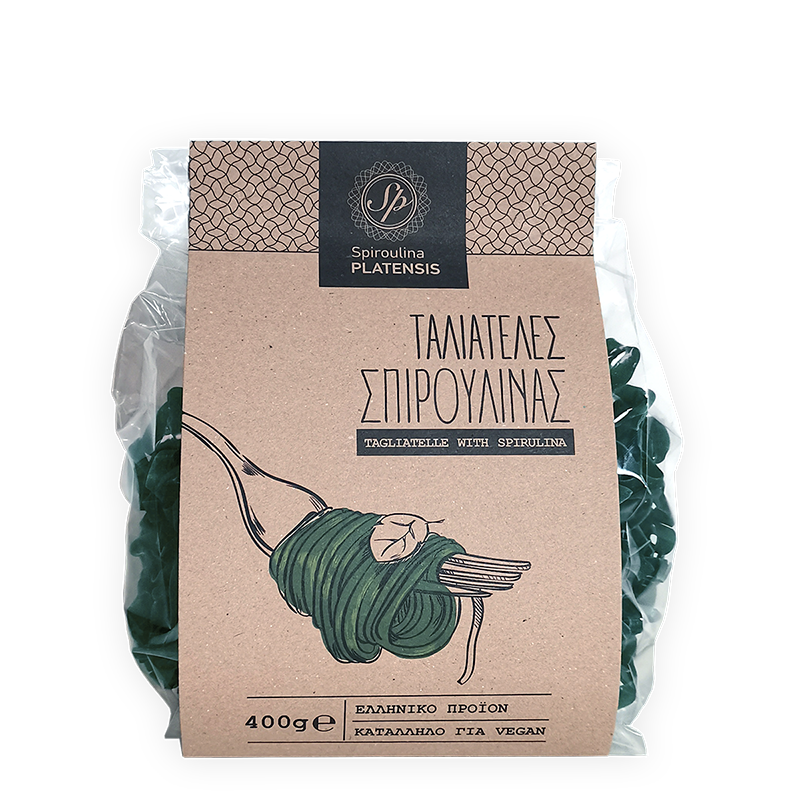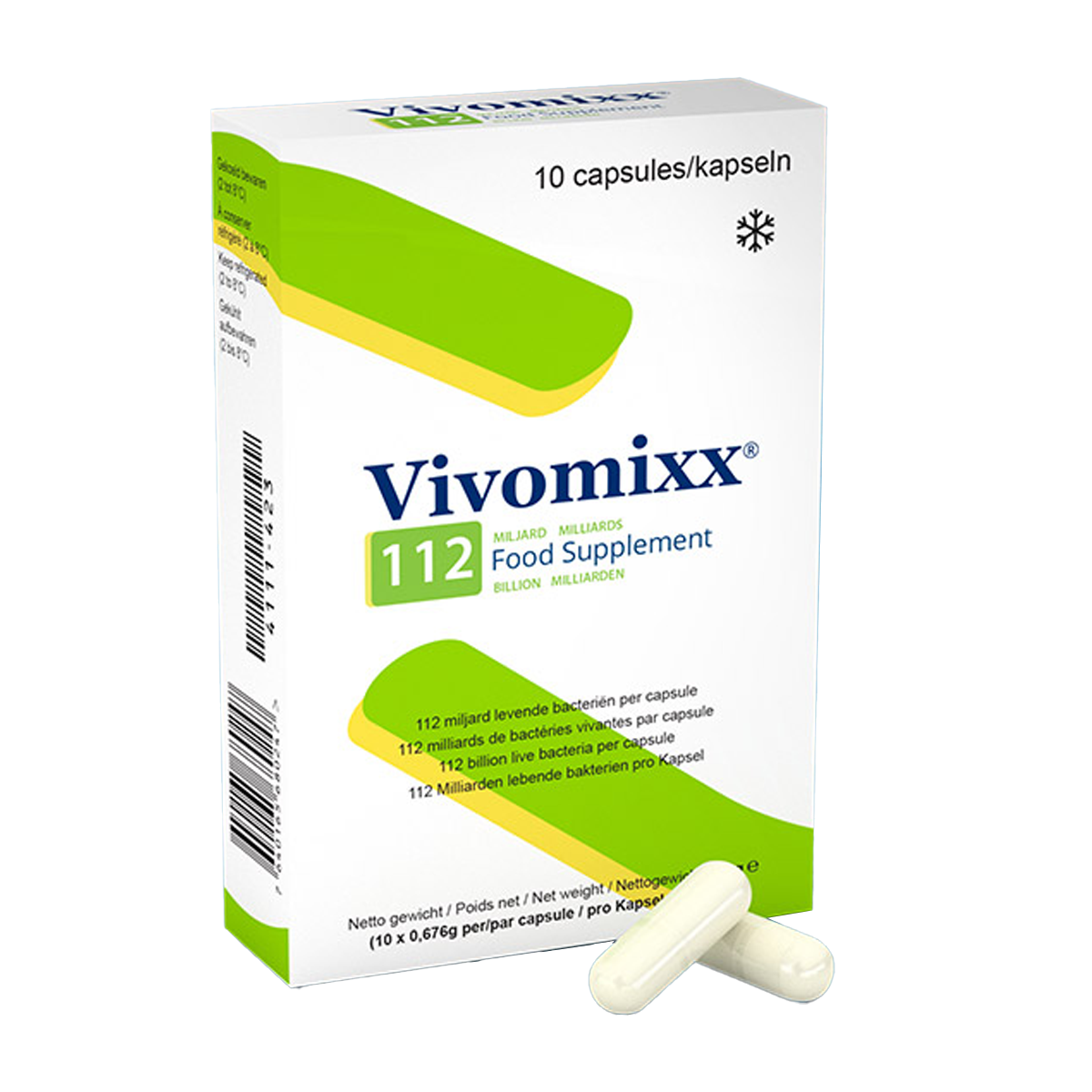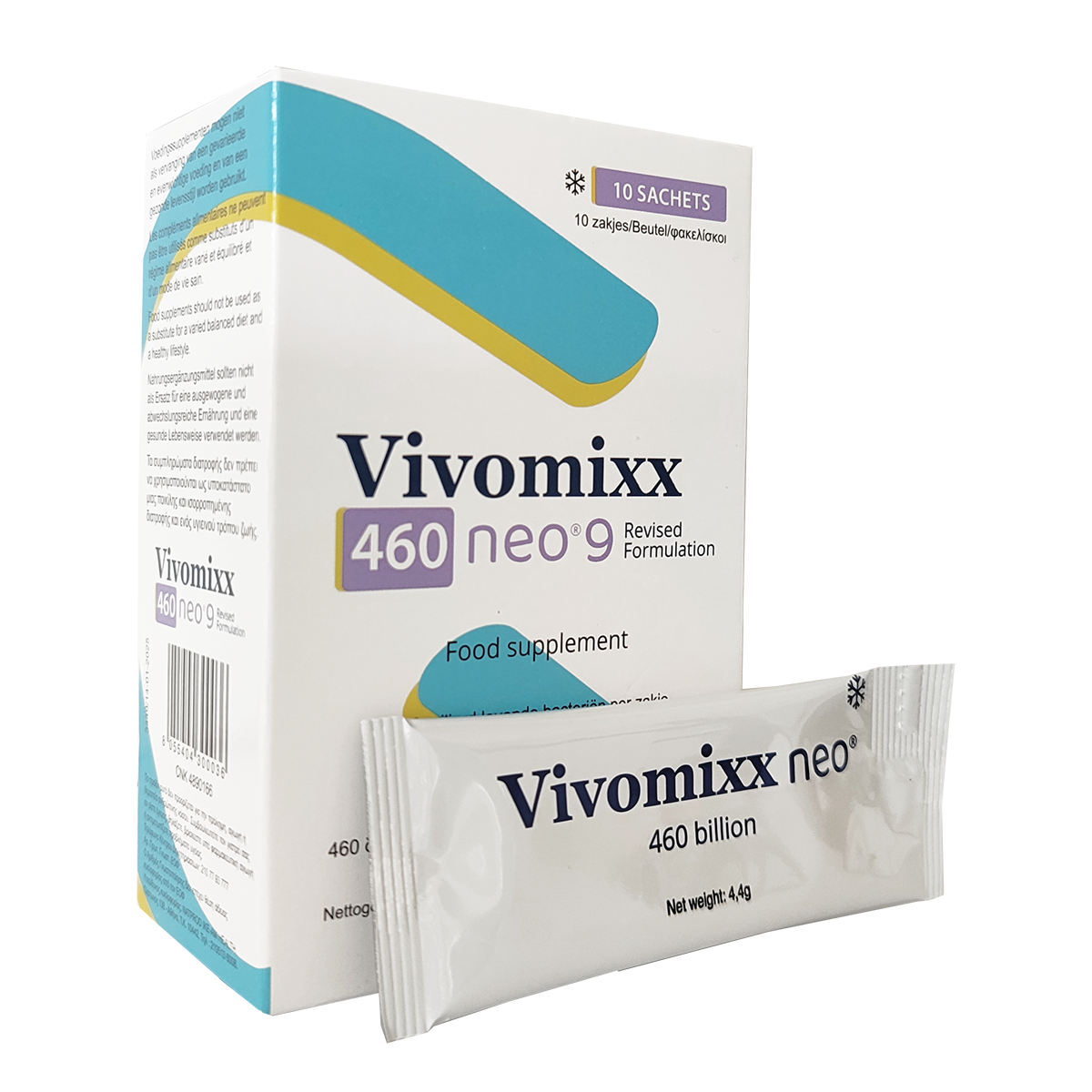- Al-Batshan, H.A., Al-Mufarrej, S.I., Al-Homaidan, A.A. and Qureshi, M.A. (2001) “Enhancement of chicken macrophage phagocytic function and nitrite production by dietary Spirulinaplatensis”, Immunopharmacol. Immunotoxicol.,23(2), 281–289.
- Asthana, R.K., Srivastava, A., Kayastha, A.M., Nath, G. and Singh, S.P. (2006) “Antibacterial potential of c-linolenic acid from Fischerellasp colonizing Neem tree bark”, WorldJ. Microb. Biotechnol., 22 (5), 443-448.
- Ayehunie, S., Belay, A. Baba, T.W. and Ruprecht, R.M. (1998) “Inhibition of HIV-1 replication by an aqueous extract of Spirulina platensis (Arthrospira platensis)”, J. AIDS Hum. Retrovirol., 18(1), 7-12.
- Barron, B.L, Torres-Valencia, J.M., Chamorro-Cevallos, G. and Zuniga-Estrada, A. (2008) “Spirulina as an Antiviral Agent” in “Spirulina in human nutrition and health”, Edited by M.E. Gershwin and Amha Belay, CRC Press, Taylor & Francis Group, 227-242.
- Bhat, V.B. and Madyastha, K.M. (2001) “Scavenging of peroxynitrite by phycocyanin and phycocyanobilin from Spirulina platensis: protection against oxidative damage to DNA.”, Biochem. Biophys. Res. Commun., 285(2), 262–266.
- Bhat, V.B., and Madyastha, K.M. (2000) “c-Phycocyanin: a potent peroxyl radical scavenger in vivo and in vitro”, Biochem. Biophys. Res. Commun., 275(1), 20–25.
- Cronin, J.R. (2000) “Gamma linolenic acid: a building block for good health.”, Alternative Complimentary Therapies, 6(4), 218-221.
- Chopra, K. and Bishnoi, M. (2008) “Antioxidant profile of Spirulina: A blue-green microalga” in “Spirulina in human nutrition and health”, Edited by M.E. Gershwin and Amha Belay, CRC Press, Taylor & Francis Group, 101-118.
- Grzanna, R., Polotsky, A., Phan, P.V., Pugh, N., Pasco, D. and Frondoza, C.G. (2006). “Immolina, a high-molecular-weight polysaccharide fraction of Spirulina, enhances chemokine expression in human monocytic THP-1 cells.”,J. Altern. Complement. Med., 12(5), 429–435.
- Hayashi, K., Hayashi, T., Morita, N. and Kojima, I. (1993) “An extract from Spirulina platensis is a selective inhibitor of herpes simplex virus type 1 penetration into HeLa cells”, Phytoter. Res., 7(1), 76-80.
- Hayashi, O., Hirahashi, T., Katoh, T., Miyajima, H., Hirano, T. and Okuwaki, Y. (1998). “Class specific influence of dietary Spirulina platensis on antibody production in mice.”, J. Nutr. Sci. Vitaminol. (Tokyo), 44(6), 841–851.
- Hayashi, T., Hayashi, K., Maeda, M. and Kojima, I. (1996) “Calcium spirulan, an inhibitor of enveloped virus replication, from a blue-green alga Spirulina platensis”, J. Nat. Prod., 59(1), 83-87.
- Hayashi, Y., Fukushima, S., Hirata, T., Kishimoto, S., Katsuki, T. and Nakano, M. (1990) “Anticancer activity of free gamma-linolenic acid on AH-109A rat hepatoma cells and the effect of serum albumin on anticancer activity of gamma-linolenic acid in vitro.”, J Pharmacobiodyn., 13(11), 705-711.
- Hirahashi, T., Matsumoto, M., Hazeki, K., Saeki, Y., Ui, M., and Seya, T. (2002) “Activation of the human innate immune system by Spirulina: augmentation of interferon production and NK cytotoxicity by oral administration of hot water extract of Spirulina platensis.” Int. Immunopharmacol.,2(4), 423–434.
- Horrobin, D.F. and Huang, Y.S. (1987) “The role of linoleic acid and its metabolites in the lowering of plasma cholesterol and the prevention of cardiovascular disease.”, Int. J. Cardiol., 17(3), 241–255.
- Jeyaprakash, K. and Chinnaswamy, P. (2005) “Effect of spirulina and Liv.52 on cadmium induced toxicity in albino rats.”, Indian J. Exp. Biol., 43(9), 773–781.
- Khan, M., Shobha, J., Mohan, I.K., Naidu, M.U., Sundaram, C., Singh, S., Kuppusamy, P. and Kutala, VK (2005) “Protective effect of Spirulina against doxorubicin-induced cardiotoxicity.”, Phytother. Res. 19(12), 1030–1037.
- Khan, M., Varadharadj, S., Shobha, J.C., Naidu, M.U., Parinandi, N., Kutala, V.K. and Kuppusumy, P. (2006) “c-Phycocyanin ameliorates doxorubicin-induced oxidative stress and apoptosis in adult rat cardiomyocytes.”, J. Cardiovasc. Pharmacol., 47(1), 9–20.
- Labhe, R.U., Mani, U.V., Iyer, U.M., Mishra, M., Jani, K. and Bhattacharya, A. (2001) “The effect of spirulina in the treatment of bronchial asthma.”, J. Nutr. Functional & Med. Fds., 3(4), 53-61.
- Loya, S.,Reshef, V., Mizrachi, E., Silberstein, C., Rachamim, Y., Carmeli, S. and Hizi, A. (1998) “The inhibition of the reverse transcriptase of HIV-1 by the natural sulfoglycolipids from cyanobacteria: contribution of different moieties to their high potency.”, J. Nat. Prod., 61(7), 891-895.
- Lu, H.K., Hsieh, C.C., Hsu, J.J., Yang, Y.K. and Chou, H.N. (2006) “Preventive effects of Spirulina platensis on skeletal muscle damage under exercise-induced oxidative stress.”, Eur. J. Appl. Physiol., 98(2), 220–226.
- Mani, U.V, Iyer, U.M, Dhruv, S.A., Mani, I.U. andSharma, K.S. (2008) “TherapeuticutilitiesofSpirulina”in “Spirulinainhumannutritionandhealth”, EditedbyM.E. GershwinandAmhaBelay, CRCPress, Taylor & FrancisGroup, 71-99.
- Mani, U.V., Desai, S.A. and Iyer, U.M. (2000) “Studies on the long-term effect of spirulina supplementation on serum lipid profile and glycated proteins in NIDDM patients.”, J. Nutr. Functional, Med. Fds., 2(3), 25-32.
- Mani, U.V., Sadliwala, A., Iyer, U. and Parikh, P. (2000) “The effect of spirulina supplementation on blood haemoglobin levels of anaemic adult girls.”, JFST, 37(6), 642-644.
- Mao, T.K., Van de Water, J. and Gershwin, M.E. (2000) “Effect of Spirulina on the secretion of cytokines from peripheral blood mononuclear cells.”, J. Med. Food.,3(3), 135–140.
- Mundt, S., Kreitlow, S., Nowotny, A. and Effmert, U. (2001) “Biochemical and pharmacological investigations of selected cyanobacteria.”, Int. J. Hyg. Environ. Health, 203(4), 327–334.
- Ozdemir, G. and Dalay, M.C. (2008) “Spirulina and Antibacterial Activity” in “Spirulina in human nutrition and health”, Edited by M.E. Gershwin and Amha Belay, CRC Press, Taylor & Francis Group, 243-269.
- Ozdemir, G., Karabay, N.U., Dalay, M.C. and Pazarbasi, B. (2004) “Antibacterial activity of volatile component and various extracts of Spirulina platensis.”, Phytother. Res., 18(9), 754-757.
- Parada, J.L., Zulpa de Caire, G., Zaccaro de Mulé, M.C. and Storni de Cano, M.M. (1998) “Lactic acid bacteria growth promoters from Spirulina platensis.”, Int. J. Food Microbiol., 45(3), 225-228.
- Pardhasaradhi, B.V., Ali, A.M., Kumari, A.L., Peddanna, P. and Khar, A. (2003) “Phycocyanin-mediated apoptosis in AK-5 tumor cellsinvolves down-regulation of Bcl-2 and generation of ROS.”, Mol. Cancer Ther., 2(11), 1165-1170.
- Parikh, P., Mani, U. and Iyer, U. (2001) “Role of Spirulina in the control of glycemia and lipidemia in type 2 diabetes mellitus.”, J. Med. Food., 4(4), 193-199.
- Qureshi, M.A. and Ali, R.A. (1996). “Spirulina platensis exposure enhances macrophage phagocytic function in cats.” Immunopharmacol Immunotoxicol,18(3), 457–463.
- Qureshi, M.A., Garlich, J.D. and Kidd, M.T. (1996) “Dietary Spirulina platensis enhances humoral and cell-mediated immune functions in chickens.”, Immunopharmacol Immunotoxicol,18(3), 465–476.
- imbau, V., Camins, A., Romay, C., González, R. and Pallàs, M. (1999) “Protective effect of c-phycocyanin against kainic acid induced neuronal damage in rat hippocampus.”, Neurosci. Lett., 276(2), 75–78.
- Romay, C. and González, R. (2000) “Phycocyanin is an antioxidant protector of human erythrocytes against lysis by peroxyl radicals.”, J. Pharm. Pharmacol. 52(4), 367–368.
- Romay, C., Armesto, J., Remirez, D., González, R., Ledón, N. and García, I. (1998) “Antioxidant and anti-inflammatory properties of c-phycocyanin from blue-green algae.”, Inflamm. Res., 47(1), 36–41.
- Romay, C., González, R., Ledón, N., Remirez, D. and Rimbau, V. (2003) “c-Phycocyanin: a biliprotein with antioxidant, anti-inflammatory and neuroprotective effects.”, Curr. Protein Pept. Sci., 4(3), 207–216.
- Romay, C., Ledón, N. and González, R. (1998) “Further studies on anti-inflammatory activity of phycocyanin in some animal models of inflammation.”, Inflamm. Res.,47(8), 334–338.
- Schwartz, J. and Shklar, G. (1987) “Regression of experimental hamster cancer by beta carotene and algae extracts.”, J. Oral. Maxillofac. Surg., 45(6), 510-515.
- Shih, S.R., Tsai, K.N., Li, Y.S., Chueh, C.C. and Chan, E.C. (2003) “Inhibition of enterovirus 71-induced apoptosis by allophycocyanin isolated from a blue-green alga Spirulina platensis.”, J. Med. Virol., 70(1), 119-125.
- Upasani, C.D., Khera, A. and Balaraman, R. (2001) “Effect of lead with vitamin E, C, or Spirulina on malondialdehyde, conjugated dienes and hydroperoxides in rats.”, Indian J. Exp. Biol., 39(1), 70–74.
- Vadiraja, B.B., Gaikwad, N.W. and Madyastha, K.M. (1998) “Hepatoprotective effect of c-phycocyanin: protection for carbontetrachloride and R-(+)-pulegone-mediated hepatotoxicity in rats.”, Biochem. Biophys. Res. Commun., 249(2), 428–431.
- Varga, L., Szigeti, J., Kovács, R., Földes, T. and Buti, S. (2002) “Influence of a Spirulina platensis biomass on the microflora of fermented ABT milks during storage (R1).”, J. Dairy Sci., 85(5), 1031-1038.
- Wu, L. and Ho, J.A., (2008) “Antioxidative and Hepatoprotective Effects ofSpirulina” in “Spirulina in human nutrition and health”, Edited by M.E. Gershwin and Amha Belay, CRC Press, Taylor & Francis Group, 120-151.
- Yang, H.N., Lee, E.H. and Kim, H.M. (1997) “Spirulina platensis inhibits anaphylactic reaction.”, Life Sci.,61(13), 1237–1244.
- Zhang, H.Q., Lin, A.P., Sun, Y. and Deng, Y.M. (2001) “Chemo- and radio-protective effects of polysaccharide of Spirulina platensis on hemopoietic system of mice and dogs,”, Acta. Pharmacol. Sin., 22(12), 1121-1124.
- Zulpa de Caire, Z., Parada, J.L., Zaccaro, M.C. and Storni de Cano, M.M. (2000) “Effect of Spirulina platensis biomass on the growth of lactic acid bacteria in milk.”, World J. Microb. Biot., 16(6), 563–565.
- Mazokopakis EE, Starakis IK, Papadomanolaki MG, Mavroeidi NG, Ganotakis ES. (2013) “The hypolipidaemic effects of Spirulina (Arthrospira platensis) supplementation in a Cretan population: a prospective study.”, http://www.ncbi.nlm.nih.gov/pubmed/23754631 (Jun 10, 2013)
- Mazokopakis EE, Papadomanolaki MG, Fousteris AA, Kotsiris DA., Lampadakis IM., Ganotakis ES., (2014) ” The hepatoprotective and hypolipidemic effects of Spirulina (Arthrospira platensis) supplementation in a Cretan population with non-alcoholic fatty liver disease : a prospective pilot study”, Annals of Gastroenterology (2014) 27, 387-39
- Jin YH, et al. A rapid advice guideline for the diagnosis and treatment of 2019 novel coronavirus (2019-nCoV) infected pneumonia (standard version). Military Medical Research 2020;7(1):4.
- McCarty MF, DiNicolantonio JJ. Nutraceuticals have potential for boosting the type 1 interferon response to RNA viruses including influenza and coronavirus. Progress in Cardiovascular Diseases 2020 (online February 12).
- Saxena, Sarika & Prakash, Ved & Gupta, Savita. (2015). Hepatoprotective activity of Spirulina platensis..
- Osama M. Basha, Sahar G. Zaghloul, Refat A. Sadeq, Raghda A. Hafez, Mohammad A.A. El-Mohsen, Yassin M. El-Ayoty (April 2009) “C- Phycocyanin Effect on IFN-γ Production in Patients with Chronic Hepatitis C Infection: In vitro Study”, Egyptian Journal of Medical Microbiology, Vol. 18, No. 2, p: 81-90
- Yakoot, Mostafa, and Amel Salem. “Spirulina platensis versus silymarin in the treatment of chronic hepatitis C virus infection. A pilot randomized, comparative clinical trial.” BMC gastroenterology vol. 12 32. 12 Apr. 2012, doi:10.1186/1471-230X-12-32
- Mahmoud Gomaa, Mostafa Mohamed El-Sheekh, Ahmed S. El-Shafey, Metwally Abdel-Azeem Metwally, Mohamed Ramadan El-Shanshory, Manal Abdel-Wahed Eid. Clinical Chemistry and Microbiology Studies in Egyptian Thalassemic Children Infected with Hepatitis C Virus. International Journal of Clinical Medicine Research. Vol. 4, No. 5, 2017, pp. 65-71
- Yoshinari, O., Shiojima, Y., & Igarashi, K. (2014). Hepatoprotective effect of germanium-containing Spirulina in rats with d-galactosamine- and lipopolysaccharide-induced hepatitis. British Journal of Nutrition, 111(1), 135-140. doi:10.1017/S0007114513001943
-
Liu, Qi; Li, Wenjun; Qin, Song (2020). Therapeutic effect of phycocyanin on acute liver oxidative damage caused by X-ray. Biomedicine & Pharmacotherapy, 130(), 110553–. doi:10.1016/j.biopha.2020.110553
- 4. Mehta, Pooja; Bhattacharyya, Shalmoli (2012). The hepatoprotective potential of Spirulina and vitamin C supplemention in cisplatin toxicity. , 3(2), 164–0. doi:10.1039/c1fo10172b
 ΔΩΡΕΑΝ ΜΕΤΑΦΟΡΙΚΑ
ΔΩΡΕΑΝ ΜΕΤΑΦΟΡΙΚΑ


